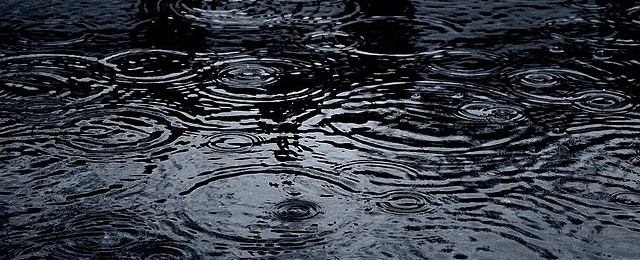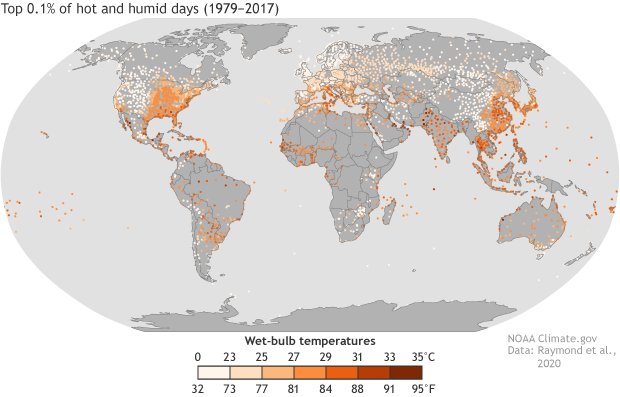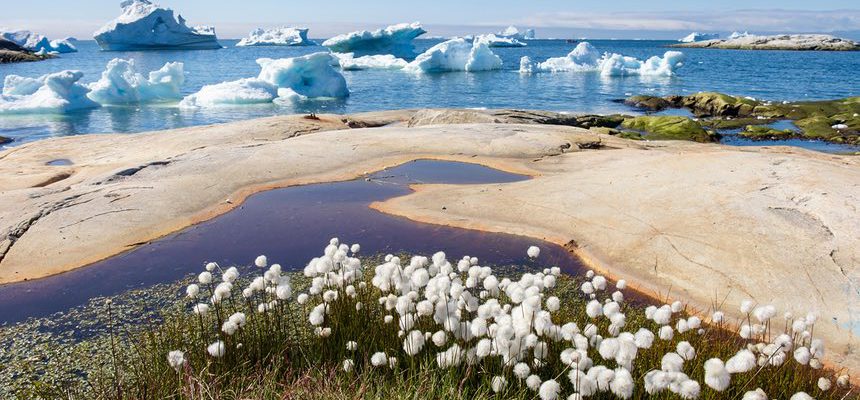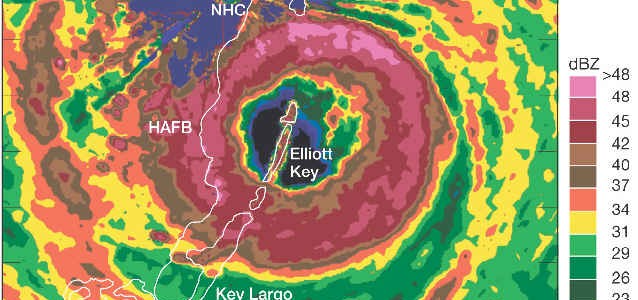Climate science
-

I ran across an article this week in the Metropolitan Planning Council newsletter out of Chicago which discussed how rainstorms are now producing more rain than they have in the past. The article is here. They talk about how 100-year rain events now have more rain than in the past in their area. For example,…
-

A new study published this week shows that the number of days with extremely high heat and humidity is increasing globally as the earth’s temperature warms. This means that there are parts of the earth that will be very inhospitable to human life, especially in areas where there is no air conditioning. The human survivability…
-

Here is a good basic article on natural and human causes of climate change from The Conversation. This article focuses on the role of carbon dioxide in the atmosphere, although of course there are other causes too, such as land use changes, changes in albedo from sea and land ice, and solar radiation changes. You…
-

As the global temperatures have been rising, the ranges in which different crops can grow have also changed. Corn and soybeans are two of the crops that are spreading north into areas where they did not previously grow. In the case of corn, increases in precipitation and humidity may also be allowing it to grow…
-

Along with my previous post on trends in seasonal precipitation, here is one on trends in seasons. I read a blog post this week by Brian Brettschneider, who is a whiz at analyzing climate data to find look for new insights into changes that are happening in our climate. Not a big surprise, since he…
-

With sheltering in place now in full swing, the number of airline flights across the US has dropped significantly. What you might not know is that many of these flights provide important and detailed weather information that is fed into weather forecast models, improving their accuracy. With less flights in the air, that means there…
-

NOAA is presenting a series of webinars on hurricanes for 4th through 6th graders in the next few weeks. They are split up by state and will be available later in April. The webinars discuss how hurricane forecasts are made and what hurricane hazards are like. You can read more information and find links to…